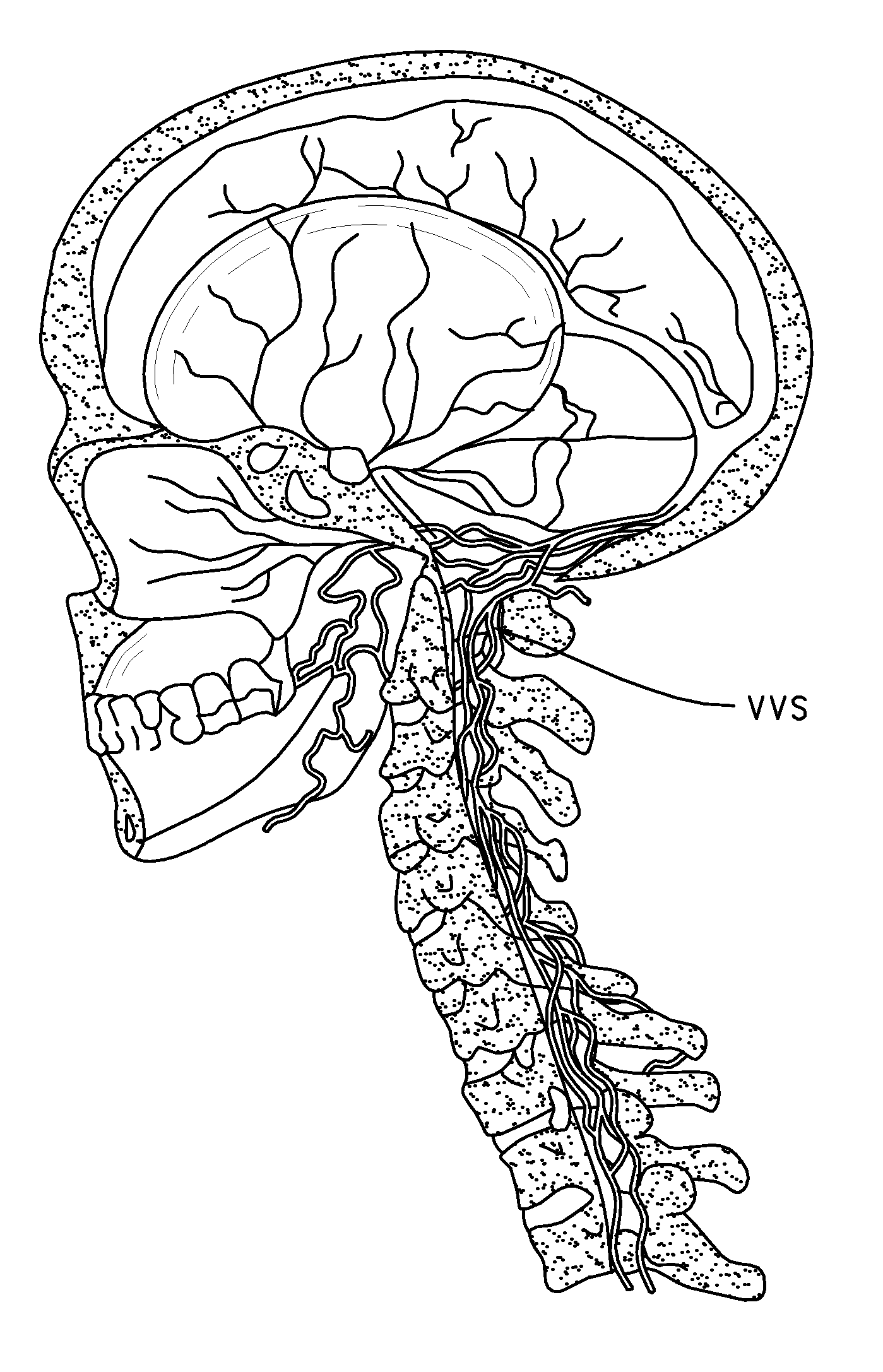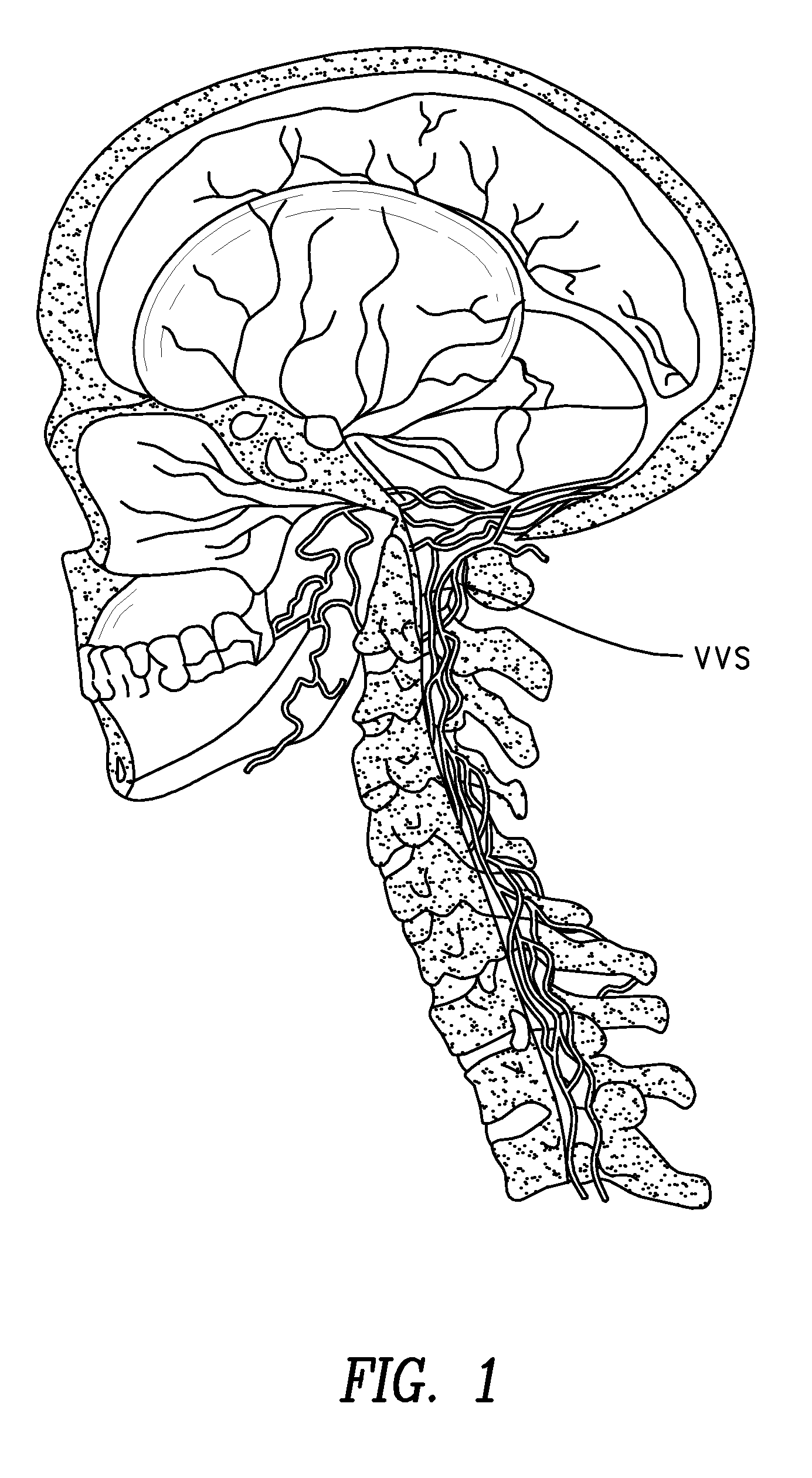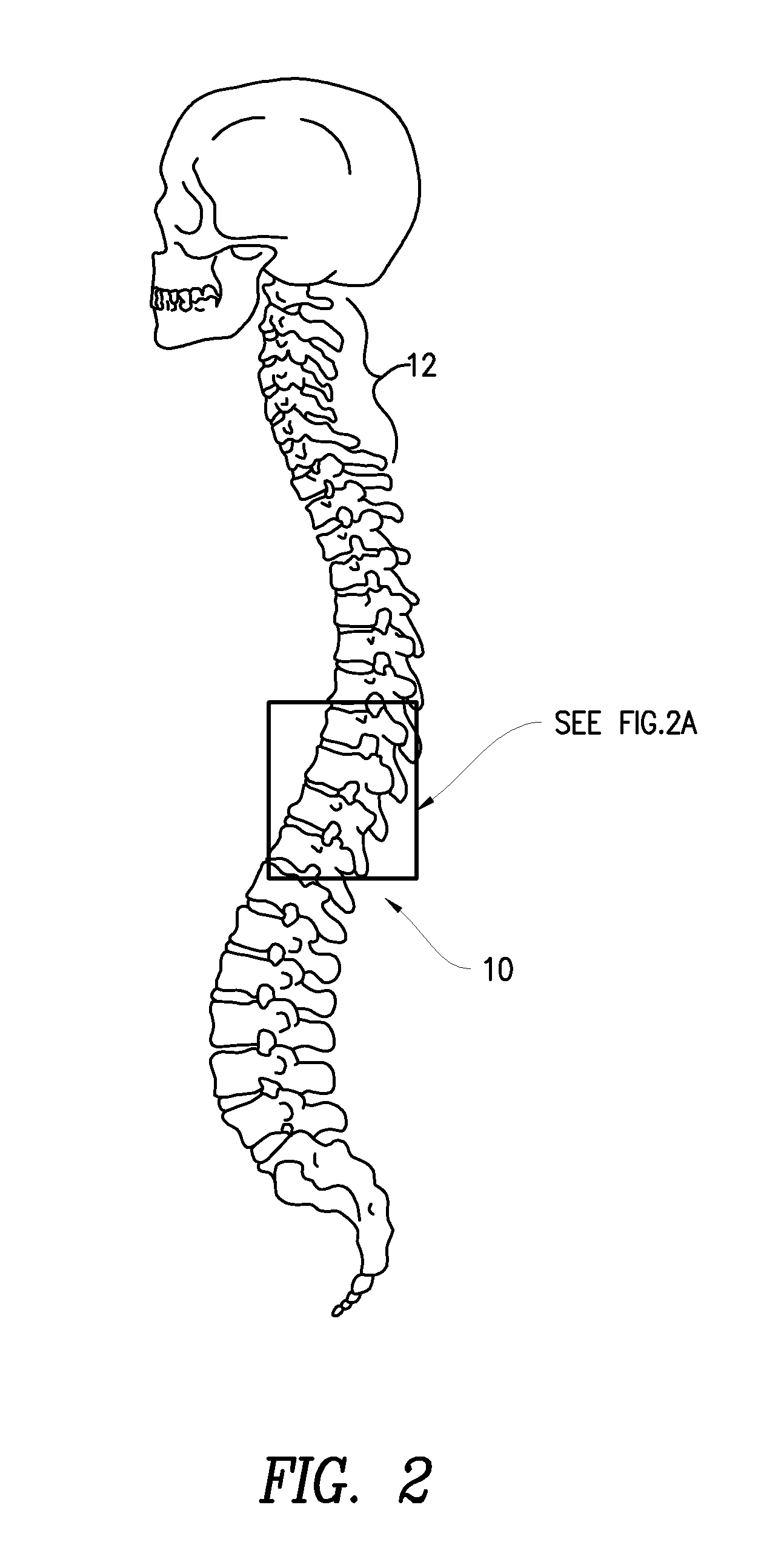Methods for treatment of brain injury utilizing biologics
a brain injury and biologic technology, applied in the field of biologics, can solve the problems of brain injury, brain cell death, lack of adequate oxygenation of brain tissue, etc., and achieve the effects of improving neurological function, improving neurological function, and improving neurological function
- Summary
- Abstract
- Description
- Claims
- Application Information
AI Technical Summary
Benefits of technology
Problems solved by technology
Method used
Image
Examples
case 1
[0087]A 61 y.o. man presented to the clinic three years after a major left middle cerebral artery (MCA) stroke. 36 months earlier, following sudden onset of profound aphasia, confusion, and motor weakness the patient was taken to a local emergency room (ER). In the ER there was right hemiplegia and complete aphasia. Computed tomographic (CT) brain scan did not show bleeding. The patient was transferred to a regional hospital for consideration of intra-arterial treatment because the three-hour cutoff for initiation of intravenous (IV) thrombolytic treatment was missed. Arteriography demonstrated occlusion of the anterior branch of the left MCA. Intra-arterial reteplase infusion resulted in partial resolution of thrombus and partial reperfusion. Repeat CT scans demonstrated acute cerebral infarction in the distribution of the left middle cerebral artery with edema in the left frontal, temporal and parietal lobes and midline shift. Maximal midline shift was 11 mm six days following the...
case 2
[0094]A 49 y.o. man presented to the clinic 35 months after a brainstem stroke. Three years earlier he had awoken with paresthesia in the left arm and leg, followed by increasing weakness of the left arm and leg. In the ER his symptoms worsened. MRI of the brain revealed a right medullary infarction (FIG. 2). The patient required eight days of acute hospitalization and one month of inpatient rehabilitation. Left leg motor recovery began after one to two weeks but the patient was left with a severe residual gait disturbance and severe paresis of the left upper extremity. Initially there was also transient left facial paresthesia and speech difficulty, both of which resolved within two weeks. At time of discharge home walking was only possible with the assistance of a walker or a quad cane, and there was hypoesthesia in the left upper and lower extremities, with painful paresthesia in the left upper extremity. At presentation to the clinic all of these neurological deficits had been s...
case 3
[0098]A 58 y.o. man presented to the clinic 13 months after a right MCA territory stroke. On the day of the stroke left-sided weakness began in the morning abruptly. In the ER he had a left hemiparesis, no spontaneous movement in the left upper extremity, 2 / 5 movement of the left lower extremity, a left facial droop, and was unable to move his eyes to the left. Brain CT initially showed no bleed and CT angiogram showed a 1 to 1.5 cm clot in the right MCA. Subsequent brain CT showed acute infarction in the territory of the right MCA. Acute thrombolytic therapy utilizing intravenous recombinant tissue plasminogen activator was given followed by increasing mental confusion but improved vision and control of the left lower extremity. He was transferred into the ICU. Repeat CT showed a 0.75 square centimeter bleed in the pons in addition to the right hemispheric stroke, with a subsequent CT at six days showing a stroke in the distribution of the right MCA with a mass effect from cerebral...
PUM
| Property | Measurement | Unit |
|---|---|---|
| depth | aaaaa | aaaaa |
| time | aaaaa | aaaaa |
| time | aaaaa | aaaaa |
Abstract
Description
Claims
Application Information
 Login to View More
Login to View More - R&D
- Intellectual Property
- Life Sciences
- Materials
- Tech Scout
- Unparalleled Data Quality
- Higher Quality Content
- 60% Fewer Hallucinations
Browse by: Latest US Patents, China's latest patents, Technical Efficacy Thesaurus, Application Domain, Technology Topic, Popular Technical Reports.
© 2025 PatSnap. All rights reserved.Legal|Privacy policy|Modern Slavery Act Transparency Statement|Sitemap|About US| Contact US: help@patsnap.com



